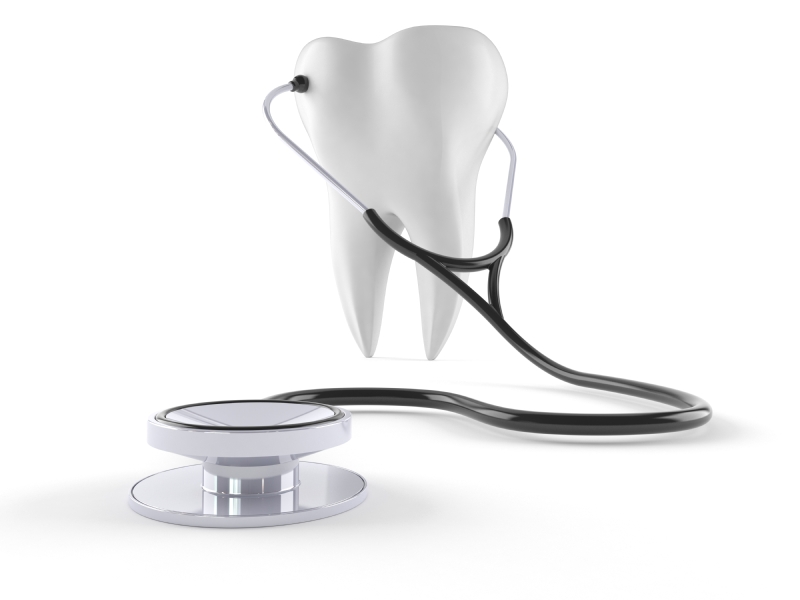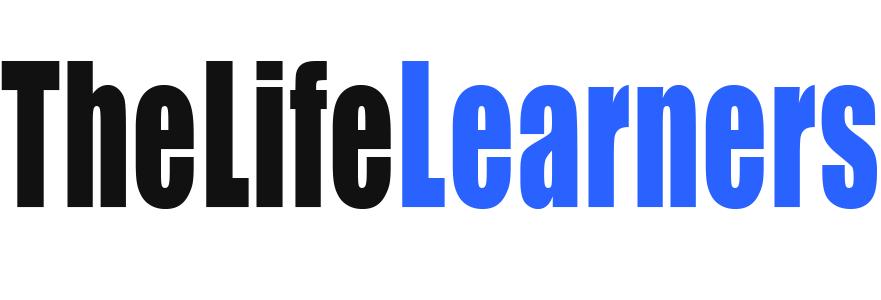
Are you looking for methods to assist your college students make the connection between an object’s form and its goal? Do this participating, inquiry-based lesson, the place members stand up shut with animal skulls to find how enamel form determines their operate.
Herbivores, Carnivores, and Omnivores
A part of scientific inquiry is placing collectively puzzles when a number of the items are lacking. This lesson is designed to present college students an opportunity to resolve some puzzles. To start, make a three-column chart on the board.
- Within the first column, checklist three animals: Cow, elephant, and rabbit.
- Within the second column: Wolf, lion and polar bear.
- Within the third column: Human, raccoon, and chimpanzee.
Subsequent, collect the category in a circle and ask them what the animals in every column have in frequent. In the event that they don’t know, let this stay a part of the thriller. Now present them a number of footage of assorted mammals—herbivores, carnivores, and omnivores—and have college students predict the place every animal needs to be positioned on the chart. After this train, ask college students if they’ve any new predictions.
Whereas the category continues to be gathered, learn the Scholastic e book What if You Had Animal Tooth? by Sandra Markle. It is a nonfiction, although entertaining, take a look at the operate of animal enamel. As you learn, make an inventory of the sorts of enamel talked about—incisors, molars, canines, tusks—in addition to the animals which have every variety. After studying the e book, ask your younger scientists if there was any new info within the e book to assist them with their predictions. Introduce the vocabulary phrases, herbivore, carnivore, and omnivore and label the columns appropriately.
Exploration #1
Now you’re prepared to maneuver onto the lesson exercise. The supplies you will want are: picket blocks (two per set), staple removers, scissors, frozen corn kernels (thawed), inexperienced leaves, and strips of beef jerky.
Process: College students will use the instruments to find out which form of tooth could be greatest for clipping off bits of meals, grinding crops, and tearing meat.The corn kernels and leaves can symbolize crops, and the meat jerky can symbolize meat. Learners ought to discover that the staple remover works higher to carry and tear the meals, whereas the blocks of wooden grind the corn simpler.The scissors will be capable of shred the leaves into smaller bites.
In spite of everything members have had an opportunity to discover with the supplies, talk about their findings and assess their understanding of how the totally different sorts of enamel assist decide which sorts of meals an animal will eat.
Exploration #2
The second a part of the lesson may be accomplished on one other day if obligatory. For the exercise, you will want a number of mammal skulls positioned across the room and numbered for identification functions. If this isn’t attainable, you should use footage of skulls that clearly present the enamel from a set put collectively by Skyline Excessive College; nevertheless, the actual factor is greatest.
Collect college students collectively to evaluation what they’ve already discovered about animal enamel. Kids ought to be capable of clarify that molars do the grinding, canines tear meals, and incisors clip off bits of meals. Utilizing that information, they are going to observe the enamel within the animal skulls and decide what sort of food regimen the animal is prone to eat.
After everybody has made their observations, reveal the names of the mammals from which the skulls got here. Kids can both analysis the diets of these animals or you possibly can talk about the data as a big group. Lastly, have college students think about that they’ve a selected animal’s enamel. What would they eat? You possibly can obtain patterns from Science for Youngsters to allow them to create a humorous image.
Associated Sources:
Partaking Younger Scientists with Inquiry: Half One
This text extra deeply explains how classes can use scientific inquiry. Use it as a information in your science classroom to rehab typical classroom science classes.
Tooth and Consuming
This lesson for first by way of fourth grades introduces younger learners to the idea that construction determines operate. Via on-line actions, hands-on exploration, and deductive reasoning, kids study that animals have various kinds of enamel which decide their diets.
Tooth Identification in Omnivores, Herbivores and Carnivores
In a fundamental lesson for early childhood by way of second grade, kids study that totally different enamel have totally different shapes and totally different jobs. They assemble a raccoon puppet and use corn kernels to symbolize incisors and molars.
Skulls Inform It All
This exploration for grades 4-8 helps members make the connection between physique constructions and features. Utilizing animal skulls, college students search for hints about whether or not the animal was a predator or prey. They study enamel form and eye socket place after which draw conclusions.

